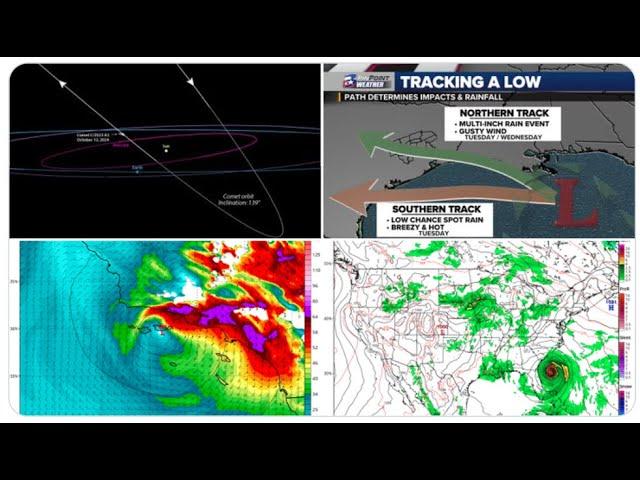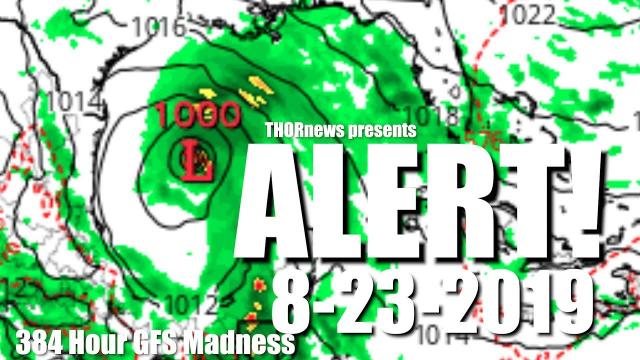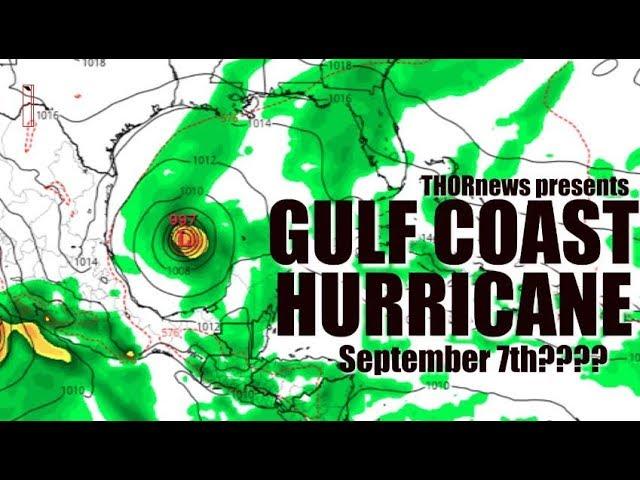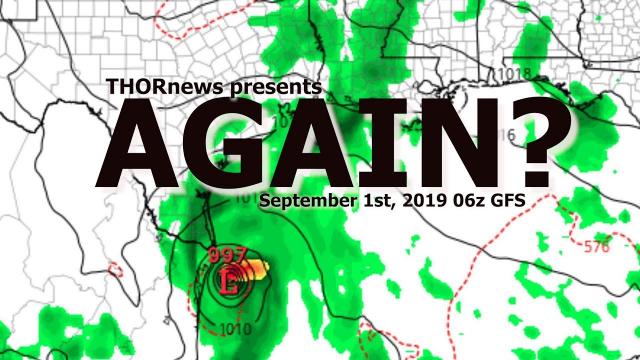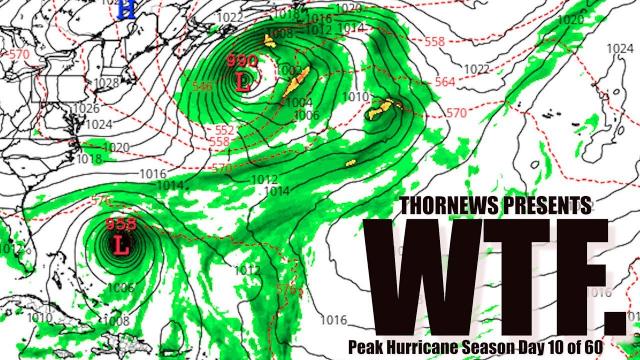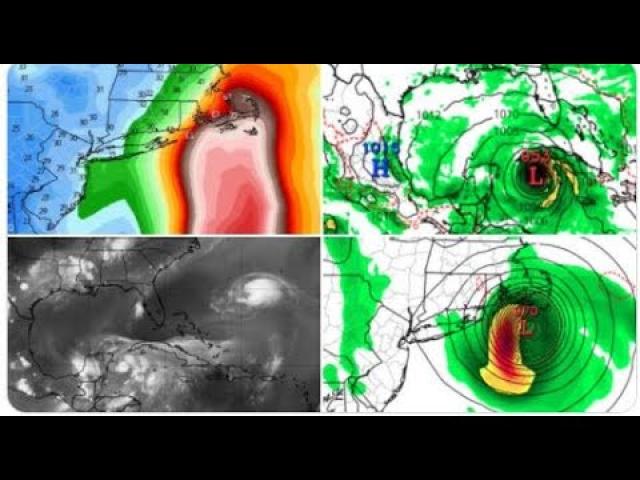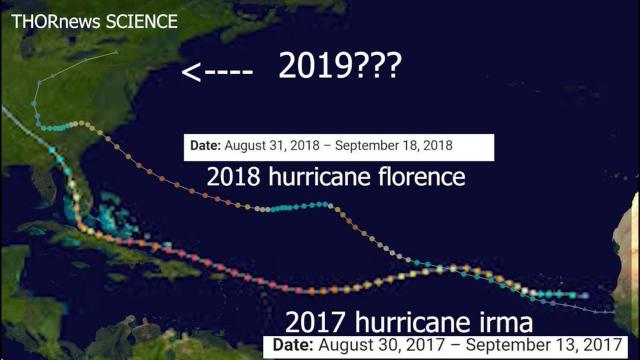September NE USA Hurricane on the Board & August Gulf Hurricane has vanished
Description
The Gulf of Mexico Hurricane has vanished* and the Mid September Hurricane that may hit the North East Coast is on the models as predicted. It's Peak Hurricane season so everyone should be aware.
God bless everyone,
T LEWISON
5430 BIRDWOOD RD. #416
HOUSTON TEXAS 77096
HTTPS://WWW.PAYPAL.ME/THORNEWS
www.venmo.com/TEric-Lewison
$THORnews on CashApp
https://www.patreon.com/thornews
the article
https://patch.com/new-jersey/middletown-nj/updated-forecast-hurricanes-expected-2019-nj-impact
Updated Forecast For Hurricanes Expected In 2019: NJ Impact?
Weather researchers have updated their expectations for hurricanes, as well as the chances of NJ getting any kind of impact at all.
COLLEGE PARK, MD — Weather researchers have updated their hurricane forecasts for the rest of the summer, and both say they believe there will be more of the fierce storms than originally predicted. But will they impact New Jersey?
The National Oceanic and Atmospheric Administration now says that weather researchers believe there will be more hurricanes in 2019 than previously expected.
"Current and predicted oceanic and atmospheric conditions now indicate a higher likelihood — a 45 percent chance — of an above normal season — and a reduced likelihood — a 20 percent chance — of below normal activity," said Gerry Bell, Ph.D., lead seasonal hurricane forecaster at NOAA's Climate Prediction Center.
And weather researchers at Colorado State University, who once predicted a slightly below-average 2019 Atlantic hurricane season, now believe it will be "near normal."
Here are the chances of any major hurricanes – categrories 3, 4 or 5 – having any kind of impact on the coastline, including New Jersey, according to CSU:
Entire U.S. coastline - 53 percent (full-season average for last century is 52 percent)
U.S. East Coast including Florida peninsula - 31 percent (full-season average for last century is 31 percent)
Gulf Coast from the Florida panhandle westward to Brownsville, Texas - 31 percent (full-season average for last century is 30 percent)
While only two named storms have formed thus far this year, the peak months of hurricane season run from August through October.
NOAA earlier predicted nine to 15 named storms and two to four major hurricanes this year. The updated hurricane season outlook now predicts 10 to 17 named storms, of which five to nine are expected to become hurricanes. Two to four of those could become major hurricanes, according to NOAA.
"The total number of named storms and hurricanes has increased from the May outlook while the number of major hurricanes stays the same," Bell said. "However, some of those hurricanes and major hurricanes could be longer and stronger than was predicted in May because atmospheric wind patterns are expected to be more hospitable to storm formation."
Bell cautioned that the prediction does not distinguish between storms that make landfall and those that remain at sea.
"Whether or not a storm strikes land is determined by the weather patterns that are in place as the storm approaches, and those weather patterns are generally not predictable until about five to seven days in advance," Bell explained
The updated hurricane season outlook is based on the latest weather and climate models as well as observed atmospheric and oceanic conditions.
"The main reason is NOAA is announcing today that the El Nino which has been in place since January has now dissipated," Bell said. "El Nino usually suppresses hurricanes, but now that it's dissipated we're expecting conditions to be more favorable for storm development through the rest of the season."
Bell said related wind patterns often persist after El Nino fades. "These will at least partially offset the more enhancing conditions now in place, although not to the extent we had predicted in May," he said.
On average, the Atlantic hurricane season produces 12 named storms, of which six become hurricanes, including three major hurricanes.
Bell said he does not believe that global warming is to blame for the increased potential for hurricanes.
"The global ocean temperatures have been warming through the last century, certainly the Atlantic has," he explained. "It's really this whole set of atmospheric conditions that we see, and global warming does not produce that set of atmospheric conditions that we see. Global warming actually — for the Atlantic — produces increased wind shear, and that's why they think it could actually reduce the number of storms, but maybe result in fewer, stronger storms."

